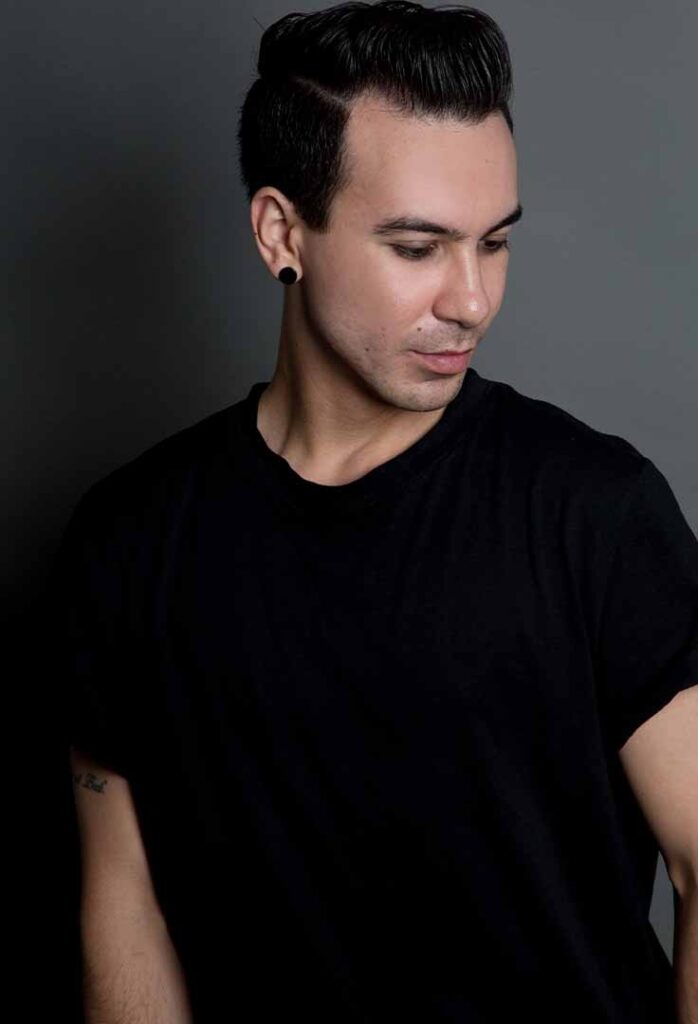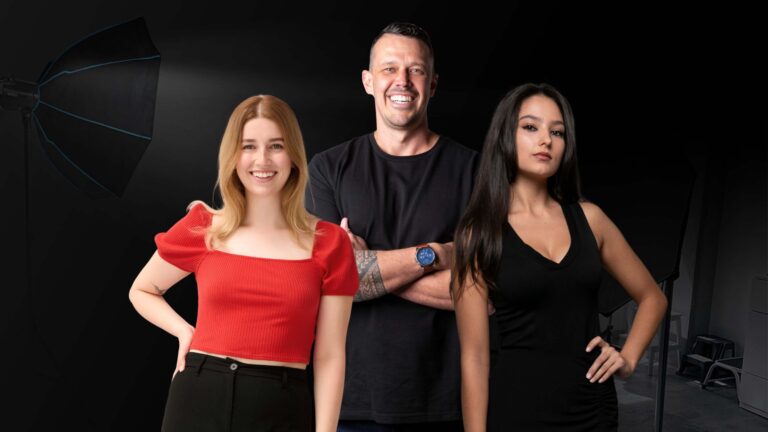Becoming a model isn’t quite as straightforward as you might think and that’s not just because the industry is a tough nut to crack.
It’s a career that takes a lot of hard work, determination, and no small amount of skill. And while most would-be models have a rough idea of what kind of work is involved, many are still surprised at just how many different types of modelling there are.
From catwalk through to swimsuit, there’s a huge variety of niches within modelling that require different characteristics and skills. Believe it or not, some of the most successful models in the industry are those who specialise in one or two of those niches.
But choosing a niche can be tough, particularly for first-time models. While some may think they are best suited to one specific type of modelling, when they actually do the work they may find they’re not suited to it at all. That’s why many of the top modelling agencies in Australia often recommend that a would-be model takes some time to fully understand the industry before settling on the type of modelling work they would like to do. In fact, that’s precisely what we do here at Hunter as part of our modelling management service.
With this in mind, we’ve decided to take a look at the top three types of modelling in the industry right now.

Fashion Modelling (Editorial)
Editorial fashion modelling is the kind of modelling that might see you working with the top clothes designers and appear in high fashion magazines such as Vogue, Elle, GQ, or Allure. As you can imagine, this is the type of modelling that gets the most visibility due to the fact that it’s often how top brands such as Gucci, Prada, and Armani will market their products.
Editorial fashion modelling is not to be confused with catwalk modelling although the same models often work in both niches. Editorial fashion modelling is purely photographic and requires a model to be either on location or in a studio for a shoot.
Assignments can be as short as a few hours in a studio or several days on location. Of course, this all depends on the client so editorial models need to be flexible with regards to travel and their work schedule.
Typically, these models will be on the taller side and, we hate to say it, slimmer than average. The modelling industry has improved a bit in recent years especially with regards to diversity, but there are still some occasions where tall and slim are what the client wants. Thankfully, we’re seeing more brands and photographers embrace a more natural body type in their fashion editorials, but unfortunately, these are the exception to the rule.
While we’re not by any stretch of the imagination suggesting that a shorter male or female model should not try their hand at this type of modelling, opportunities will be more limited. Still, if it’s what you want to do, then you should absolutely give it a shot.
Runway/Catwalk Modelling
If you dreamed of being a model as a child, then this is probably the type of modelling that you had in mind. Strutting your stuff down the catwalk in the latest outfits designed by the world’s leading fashion houses. Sounds marvellous, right? It is, but it is also extremely hard work.
Runway modelling can require a lot of travel and long hours. It’s not just about the actual show but also about rehearsals and the fast-paced environment backstage. You’ll need a thick skin to work at this type of modelling as constructive criticisms will fly at you from all angles especially when the show is underway and everyone backstage is feeling stressed.
That said, runway modelling can be an extremely rewarding career and a wonderful opportunity to network with the most influential people in the industry.
Much like editorial fashion models, runway models are usually a certain height, weight, and size. This is because most designers or fashion houses tend to supply clothes for shows in specific sizes which makes it easier to manage overall. Generally speaking, this means that tall and slim models will often get the most opportunities to work in this niche. However, shorter and plus-sized models can carve out successful careers on the runway.
Commercial Modelling
This is probably our favourite type of modelling and one that modelling agencies in Australia will get the most briefs for. Commercial modelling is simply modelling for advertisements. This could be for any kind of product at all from clothing right through to cars. To put it simply, anyone that you see in an ad for a product or service is a commercial model.
Now, one of the things that we love the most about this type of modelling is that there are no rules. What we mean by that is that it doesn’t matter how tall you are, what your clothing size is, or even how old you are—you can be a commercial model. This is because advertising companies and brands want to have all kinds of people represented throughout their campaigns.
This is why the vast majority of models who start out in the industry tend to try their hand at commercial modelling first. There are more opportunities, and the requirements for assignments are often a little more flexible than the other two categories we mentioned.
Commercial models will appear in catalogues and magazines, and sometimes even TV commercials too if they’re prepared to do a bit of live acting. They may even be lucky enough to see themselves on a billboard as part of a nationwide ad campaign. The work still demands a certain level of professionalism and dedication, but for the most part, commercial models will work in a studio for no more than a day for a single assignment.
Of course, you don’t have to focus on any of the three types of modelling mentioned above, but they are the niches where there seems to be the most opportunities right now. Other types of modelling include swimsuit modelling, fitness modelling, and parts modelling among many more. Once you have signed with your modelling agency and worked on a few assignments, they should be able to give you a little guidance on what type of modelling best suits you. Just remember that whatever type of modelling you choose, it really should be something that you enjoy doing. After all, if everything works out, you could be doing it for a very long time.
If you’re interested in becoming a model but aren’t quite sure what type of modelling best suits you, don’t stress over it too much; Get in touch with us today or apply to join Hunter Talent and we can help you find your niche.







